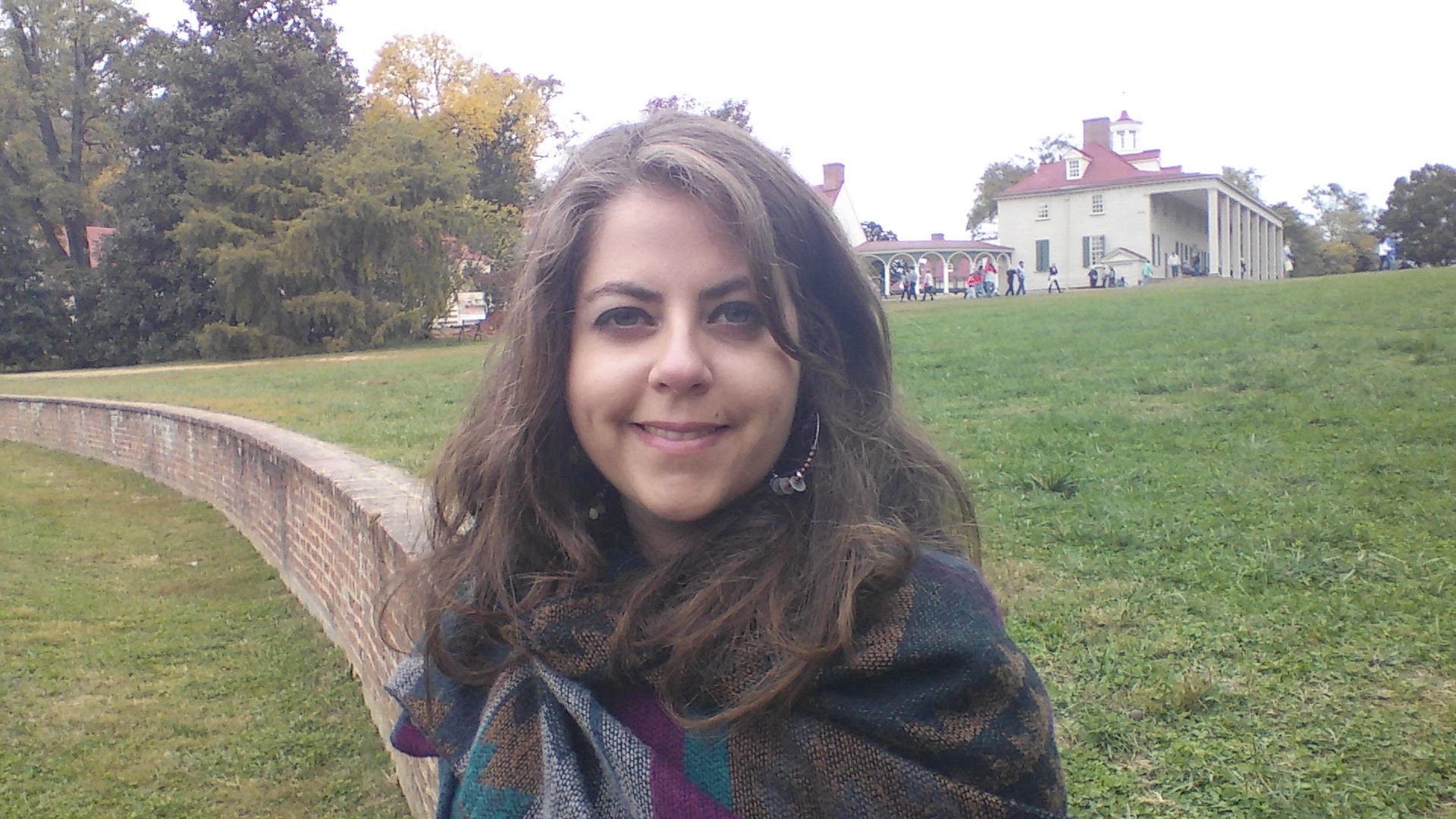Inês Vieira Gomes (University of Lisbon) discusses her research interests in advance of her visit to the Ransom Center.
[Read more…] about Photography as a tool of the Portuguese Empire in Africa

[Read more…] about Photography as a tool of the Portuguese Empire in Africa
![W. & D. Downey (British, active 1855–1940), [Mary Cornwallis West], ca. 1880. Albumen print with applied color (cabinet card), 6 ½ x 4 ¼ in. Gernsheim collection, 964:0488: 0002, f TR 655.11 C525 HRC-P](https://sites.utexas.edu/ransomcentermagazine/files/2016/05/Web_Mrs.-Cornwallis-West-in-hand-colored-purple-dress-in-hammock.jpg)
Before Lillie Langtry (née Emilie Charlotte Le Breton, 1853–1929) became a stage actress, she was known as one of London’s “professional beauties.” [Read more…] about Fellows Find: Smile (or pout!): Photographs of London’s professional primpers
![Lewis Carroll (Charles Lutwidge Dodgson), [Edith, Lorina, and Alice Liddell], 1858. Albumen print (cabinet card), 4 x 5.5 inches. Gernsheim Collection, Harry Ransom Center.](https://sites.utexas.edu/ransomcentermagazine/files/2015/06/P_DOD_GEN_002_300dpiEDIT.jpg)
Charles Dodgson began to tell the story of a little girl named Alice on an outing with Alice, Edith, and Lorina Liddell on July 4, 1862. He later recalled that “golden afternoon” in a poem that prefaces many editions of Alice’s Adventures in Wonderland. [Read more…] about July 4, 1862: A Golden Afternoon with Alice and her Sisters
Ransom Center Magazine is an online and print publication sharing stories and news about the Harry Ransom Center, its collections, and the creative community surrounding it.
Our monthly newsletter highlights news, exhibitions, and programs.
Copyright © 2024 Harry Ransom Center